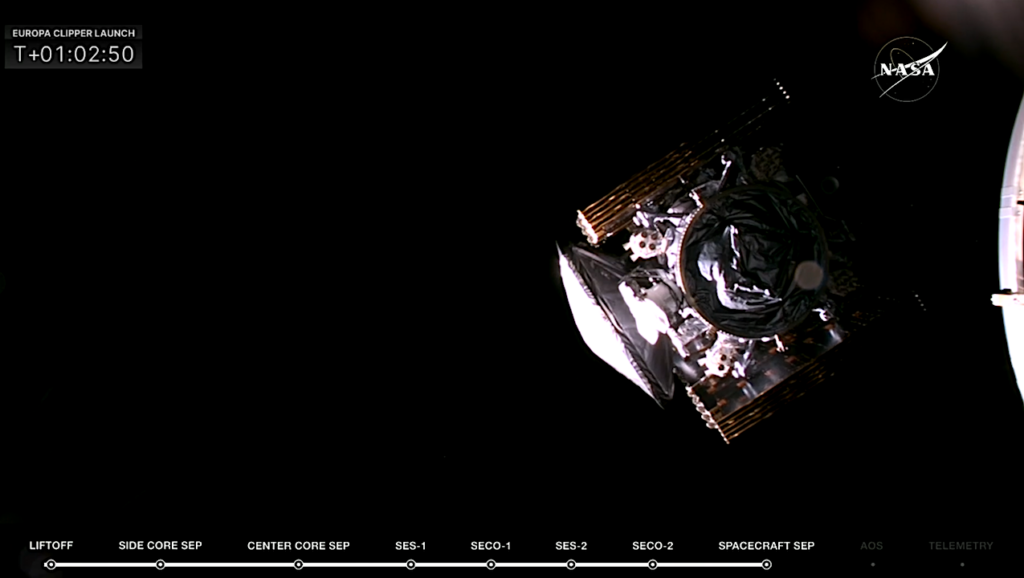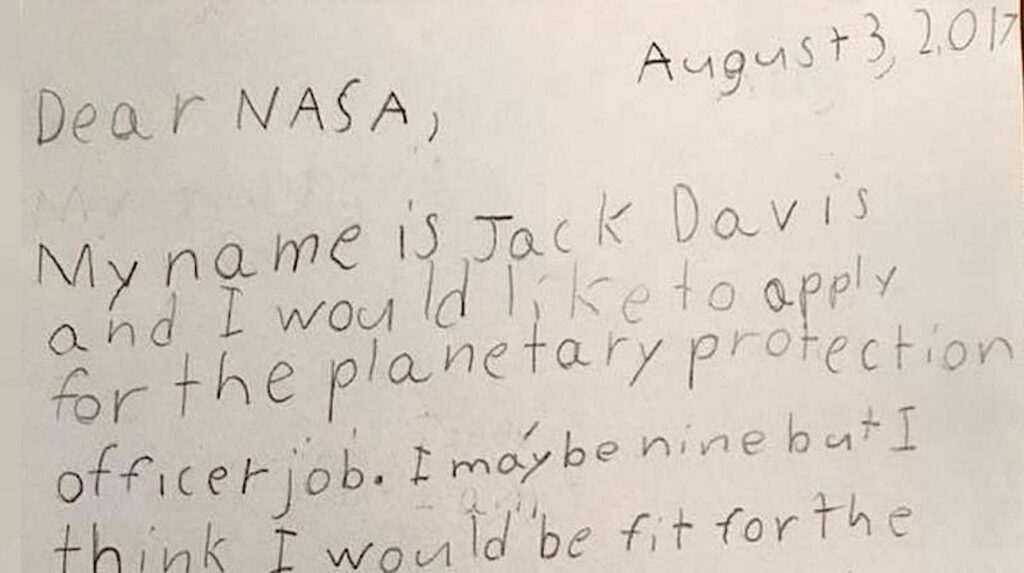Keith’s note: On 25 May @ScienceMagazine tweeted a link to an article in Science Robotics magazine about a NASA Europa mission concept. So did @SciRobotics. The tweets referred to an article in the 21 May edition of Science Robotics: “Autonomous surface sampling for the Europa Lander mission concept“ written by 21 authors – all of whom work for NASA JPL, or related institutions. Cool stuff – yes? They have been testing it in Alaska. But the article is behind a paywall. I was able to find pieces of the article elsewhere – including a video – but without a subscription to Science Robotics I have to pay extra to read this article – an article written by NASA-funded people about a NASA-funded mission concept. I searched for “Europa lander” at NASA .gov and was sent to https://science.nasa.gov/mission/europa-lander/ which is a dead link and this page from 2017. NASA is supposed to be making these materials available to all taxpayers. But they don’t. Then the NASA folks moan and groan about missions being cut – and see that polls reflect public apathy toward NASA – when they simply do not have the initiative to highlight all of their cool stuff in the first place. NASA has easy access to immense social media, web, and TV audiences but PAO has no clue how to make the best use of this reach. Just sayin’. See: “Europa Astrobiology Lander Mission Concept: Autonomous Surface Sampling” at Astrobiology.com
(more…)Keith’s note: Payload separation and telemetry AOS for the Europa Clipper Astrobiology expedition confirmed. Europa Clipper has begun its travels across the inner solar system for gravity assists and then outward to the Jovian system and the icy covered ocean world of Europa to search for habitable conditions that might support life. If you are a SciFi fan you may recognize this movie poster parody. Life Looks For Life. Vita quaerit vitae. Update: I was just on Deutsche Welle talking about the Europa Clipper mission – as well as ESA’s Juice mission – and how they will work in tandem exploring the icy worlds that orbit Jupiter – not unlike the polar expeditions of Earth a century ago. Fun fact: these two spacecraft are nearly the same size as the first ships that humans used to explore the arctic and antarctic. [Audio].
Keith’s note: Today’s “Obvious Question Begging An Answer Award” goes to Dennis Lees for his op ed “Earth’s ocean is in crisis. Why spend $5 billion to study the one on Jupiter’s moon Europa?“ in the LA Times which asks “As a marine ecologist, I’ve studied marine sedimentary ecosystems since 1972. My studies show that our current knowledge of these ecosystems is quite poor. Therefore, in this age of existential threats to species habitability and survival on Earth, I have serious objections to spending $5 billion on a project to explore the sea on Europa, a moon of Jupiter, to see if it contains chemicals that might support life. What real good will that do us? Can you imagine how much good it would do to spend those funds here to learn how our own oceans function and how to deal with injuries we humans are causing? What are our funding priorities? What benefits will knowing the chemistry of Europa’s sea create for us here as our planet becomes less habitable?”. If NASA has not explained this mission adequately to the broader scientific community – especially one wherein oceanography is constantly evoked – then maybe NASA PAO (Marc Etkind et al) need to do some clean up. IMHO the first thing you’d want to see is a response to the LA Times from NASA JPL Center Director Laurie Leshin and/or NASA SMD AA Nicky Fox (and whomever does the semi-invisible chief scientist stuff at NASA HQ) – with a broadcast via NASA’s vast web and social media presence. NASA should take these rather simple and credible questions as a challenge to be more transparent to its “stakeholders”. NASA needs to not only speak in a rational way to the scientific community since their support is often needed to keep the NASA science gravy train running but also to the remaining 99.999999% of humanity in the real world who is faced with existential problems right now – and is being asked to pay for these missions.A good place to start would be with the “Artemis Generation” since they are the ones who are going go home with excited questions about space for their parents and the parents need to give quality answers that feed these dreams.. At least that is what happened to those of us who are the “Apollo Generation” and look what we did. Just sayin.
(more…)NASA Awards Launch Services Contract for the Europa Clipper Mission “NASA has selected Space Exploration Technologies Corp. (SpaceX) of Hawthorne, California, to provide launch services for Earth’s first mission to conduct detailed investigations of Jupiter’s moon Europa. The Europa Clipper mission will launch in October 2024 on a Falcon Heavy rocket from Launch Complex 39A at NASA’s Kennedy Space Center in Florida. The total contract award amount for launch services […]
Babin Requests Information on Europa Clipper Mission and SLS Use ” I’m expecting a prompt response from NASA answering our questions on their analyses of launch vehicles, as well as cost, schedule, and mission impacts.” Letter From Rep. Babin To NASA Administrator Jurczyk Regarding Europa Clipper and SLS Launch Issues Image guide: White = Actual information request from Babin to NASA; Gray = legal gotcha language from a Babin staffer […]
NASA OIG Follow-up to May 2019 Audit of Europa Mission: Congressional Launch Vehicle Mandate, NASA OIG “NASA’s renewed focus on returning humans to the Moon on an accelerated timetable means that an SLS will not be available to launch the Clipper mission to Europa before 2025 at the earliest. Given all of the foregoing factors, we urge Congress to consider removing the requirement that NASA launch the Europa Clipper on […]
NASA OIG Audit: Management Of NASA’s Europa Mission “Despite robust early-stage funding, a series of significant developmental and personnel resource challenges place the Clipper’s current mission cost estimates and planned 2023 target launch at risk. Specifically, NASA’s aggressive development schedule, a stringent conflict of interest process during instrument selection, and an insufficient evaluation of cost and schedule estimates has increased project integration challenges and led the Agency to accept instrument […]
NASA Seeks New Options for Science Instrument on Europa Clipper, NASA “The mission’s initial planned magnetometer, called Interior Characterization of Europa Using Magnetometry, or ICEMAG, will not fly with the spacecraft because of cost concerns. Instead, NASA will seek options for a simpler version of this instrument. ICEMAG currently is in its preliminary design phase, and its flight hardware hasn’t been built yet.” ICEMAG Update on Europa Clipper, NASA “During […]
Culberson’s ouster could spell big problems for NASA’s Orion program, experts say, Houston Chronicle “NASA programs — especially Orion, which is focused on putting humans back on the moon — could be in trouble after Republican U.S. Rep. John Culberson lost his House seat to Democrat Lizzie Pannill Fletcher. Culberson, a Republican from Texas, led the House Appropriations Committee that funds NASA for the last four years. And he’s been […]
Could November elections scramble a controversial U.S. mission to a frozen moon?, Science “Culberson’s lander has been somewhat controversial among scientists because it hasn’t gone through NASA’s traditional selection and vetting process. And today, researchers at an agency advisory meeting debated whether the congressional elections in November could bring a new lander-related headache: the defeat of Culberson, who is facing a tough re-election contest. If Culberson loses, NASA risks becoming […]







